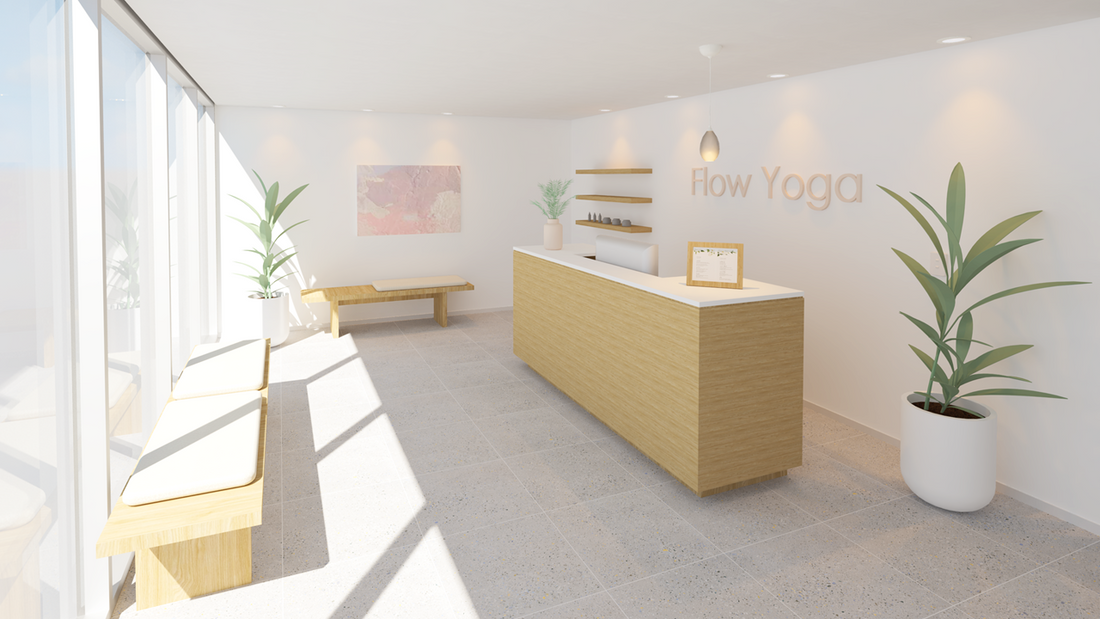
Quick Start Guide: Revit for Interior Designers
Learning Revit Doesn’t Have to Feel Overwhelming
If you’re an Interior Designer currently using AutoCAD for drawings, Photoshop for presentation images, SketchUp for 3D modeling, Enscape for realistic renders, and Excel for schedules, you already know how time-consuming and inconsistent this workflow can be.
The good news? Revit does it all in one place: plans, elevations, schedules, renders, and documentation, saving you time, improving accuracy, and helping you achieve work-life balance.
Here’s your Quick Start Guide: Revit for Interior Designers, a simple checklist to help you transition with confidence.
1. Get the Right Computer
Before installing Revit, make sure your computer meets Autodesk’s official system requirements: https://www.autodesk.com/support/technical/article/caas/sfdcarticles/sfdcarticles/System-requirements-for-Autodesk-Revit-products.html
Revit can technically run on a Mac using Boot Camp or Parallels, but Autodesk doesn’t recommend it for performance and stability reasons. If possible, work on a Windows system that meets or exceeds the suggested specs, your workflow will be smoother and faster.
2. Get the Right Version of Revit
Autodesk offers Revit and Revit LT, but they’re not the same, compare Revit vs. Revit LT here: https://www.autodesk.com.au/products/revit/compare
Revit LT lacks essential features like worksharing, view filters, decals, Imports, Export PDFs....
For professional Interior Design projects, we recommend the full version of Revit.
3. Set Up Your Workspace
Choose a mouse that feels comfortable in your hand and includes a scroll button, you’ll use it constantly for navigation. Two screens can significantly improve productivity, letting you keep multiple views open at once, though they’re not mandatory.
As standing desks became popular, I now have the same ergonomic setup at home that I once had working in global firms. Comfort equals focus, invest in your workspace!
4. Get Your Revit License
You can purchase Revit directly from Autodesk (https://www.autodesk.com/products/revit/overview) or through an authorized reseller in your country. This ensures your software is always up to date, secure, and fully supported.
5. Download Revit for FREE
If you’re still exploring Revit before committing to a license, you can get a 30-day free trial directly from Autodesk.
>>> Be sure to download only when you’re ready to start your training, so you can make the most of your trial time.
If you’re a student you can also apply for a free educational license. Learn about Autodesk’s Student License Program here: https://www.autodesk.com/education/home
6. Download the FREE Revit Keyboard Shortcuts List
Download our Revit Keyboard Shortcuts List, a curated list of the most commonly used commands for Interior Design projects.
Download here: https://biminteriordesign.kit.com/free_revit_keyboard_shortcuts_list
Having these shortcuts at hand will instantly increase your speed and confidence inside Revit.
7. Practice with a Real-Life Project
Don’t waste time building random walls and floors. Instead, work on a small but complete interior project, like a yoga studio, apartment, or cafe, so that every tool you learn feels practical and relevant.
This hands-on approach is exactly how professionals build confidence fast.
8. Get Support from a Community
Join our Revit Learning Community, our public Facebook group for designers who are also learning Revit.
Ask questions, share wins, and connect with others who are on the same path.
Join BIM Interior Design - Revit Learning Community here: https://www.facebook.com/groups/revitlearningcommunity
Learning is faster and more enjoyable when you’re not doing it alone.
9. Get the Right Template
Starting from scratch in Revit can be overwhelming, that’s why we created the BIM Interior Design Revit Template, a ready-to-use setup designed specifically for Interior Designers. You’ll have a ready-to-use setup created specifically for Interior Designers, sheets, title blocks, materials, schedules, view templates, and more included. You’ll feel confident and efficient from day one.
10. Get the Right Training System
The fastest way to succeed in Revit is to follow a structured learning path created for Interior Designers.
You can try to piece together information you’ll find scattered on the internet (and take years to get there), you can take the wrong course and learn a lot of things that don’t relate to your needs, or you can follow the Fast & Easy System that gives you results right after you finish the course. The Revit for Interior Design - Presentation & Documentation Course is designed to help Interior Designers like you transition quickly.
Learn Revit the FAST & EASY Way
If you’re ready to invest in yourself, join Revit for Interior Design - Presentation & Documentation Course, tailored made for Interior Design Projects, helping you with design, documentation, and presentation of professional projects efficiently using Revit. It includes everything you need to succeed, including our exclusive BIM Interior Design Revit Template. See results right away, gain efficiency, and elevate your career.
Enroll now! See you inside!
Quick Start Guide: Revit for Interior Design Checklist
- Get the Right Computer
- Get the Right Version of Revit
- Set Up Your Workspace
- Get Your Revit License
- Download Revit for FREE
- Download the FREE Keyboard Shortcuts List
- Practice with a Real-Life Project
- Get Support from a Community
- Get the Right Template
-
Get the Right Training System
Still got questions?
Email us at: support@biminteriordesign.com
